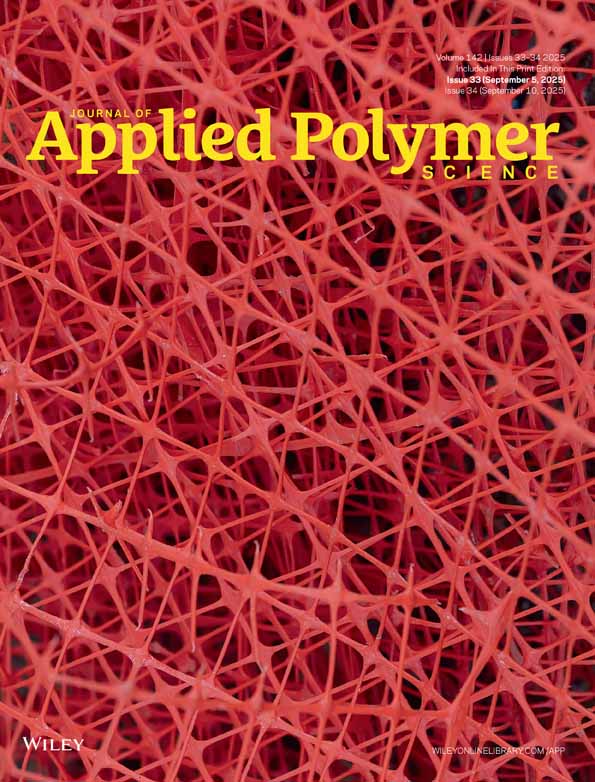Effects of pluronic F127 on the polymorphism and thermoresponsive properties of PVDF blend membranes via immersion precipitation process
Abstract
Amphiphilic copolymer Pluronic F127 was used as macromolecular additive to investigate the polymorphism and thermoresponsive properties of poly(vinylidene fluoride) (PVDF) membranes. Fourier transform infrared spectrometer (FTIR), X-ray diffraction (XRD), and scanning electron microscopy (SEM) were conducted to characterize the polymorphism and morphology of PVDF/F127 blend membranes. FTIR results indicated that F127 existed stably in the blend membranes, and lower F127 concentration in the cast solution was in favor of the formation of α-crystal phase, but higher F127 concentration could promote the formation of β- and γ-crystal phase in PVDF membranes. The results of XRD also confirmed these phenomena. With the increase of F127 in the cast solutions, a more sponge-like structure appeared at the bottom surface of the membranes as investigated by SEM. PVDF/F127 blend membranes also exhibited good thermoresponsive properties. The water flux of the membranes increased distinctly with the increase of the experimental temperature, decreased with the decrease of the temperature, and the increasing and decreasing curves were almost overlapped. Contact angle measurement and permeation experiment indicated that the blend membranes had good hydrophilicity and fouling resistance. © 2012 Wiley Periodicals, Inc. J Appl Polym Sci, 2012




